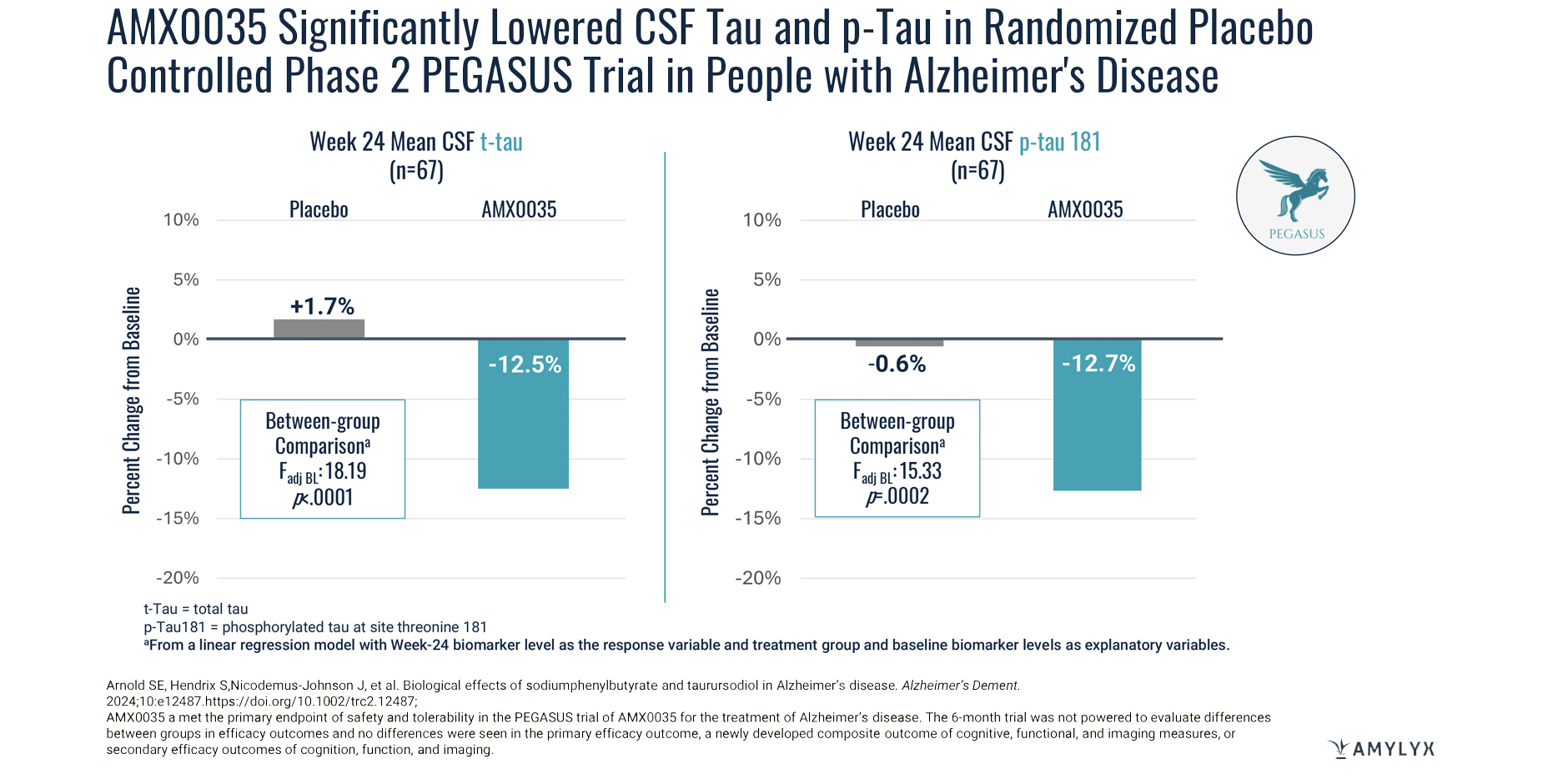Progressive supranuclear palsy (PSP) is a sporadic, rare, fatal neurodegenerative disease that can affect movement, gait, balance, cognition, eye movements, swallowing, and speech. People living with PSP have a life expectancy of six to eight years after symptom onset.1-3
We’re tackling some of medicine’s toughest problems to serve communities with high unmet needs. To accomplish this, we are advancing a pipeline in which we’ve matched investigational therapies with diseases in which they can make the greatest impact.



